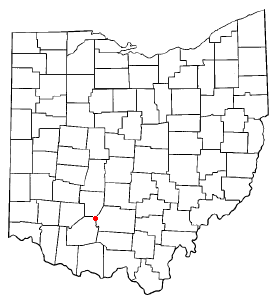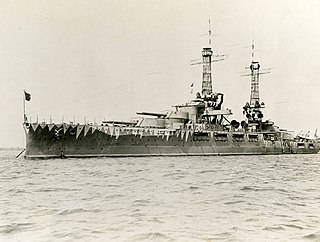
Jesse Barrett "Oley" Oldendorf was an admiral in the United States Navy, famous for defeating a Japanese force in the Battle of Leyte Gulf during World War II. He also served as commander of the American naval forces during the early phase of the Battle of the Caribbean. In early 1942, a secret group of senior Navy officers empaneled by President Franklin D. Roosevelt assessed him as one of the 40 most competent of the 120 flag officers in the Navy.

Franklin Buchanan was an officer in the United States Navy who became the only full admiral in the Confederate Navy during the American Civil War. He also commanded the ironclad CSS Virginia.
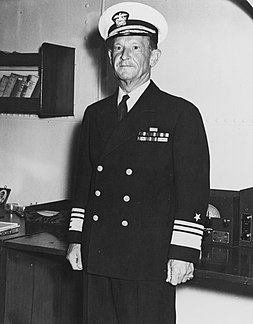
Frank Jack Fletcher was an admiral in the United States Navy during World War II. Fletcher was the operational commander at the pivotal Battles of Coral Sea and of Midway. As a lieutenant, Fletcher was awarded the Medal of Honor for his actions in battle at Veracruz. He was the nephew of Admiral Frank Friday Fletcher, who was also awarded the Medal of Honor for actions at Veracruz.

Frank Friday Fletcher was a United States Navy admiral who served in the late 19th and early 20th centuries. He was awarded the U.S. military's highest decoration, the Medal of Honor, for his actions as commander of navy forces at the Battle of Veracruz, Mexico. The Fletcher-class destroyer, the most produced class of United States Navy destroyers, was named after him. He was also the uncle of Frank Jack Fletcher, another U.S. Navy Admiral who also received the Medal of Honor for actions at Veracruz, and who commanded U.S. naval forces at the battles of Coral Sea and Midway during the Second World War.

Nehemiah Mayo Dyer was a Rear Admiral in United States Navy, who served during the American Civil War and Spanish–American War. He was one of the few individuals to have served in both the Battle of Mobile Bay during the Civil War and the Battle of Manila Bay during the Spanish–American War.

The Asiatic Squadron was a squadron of United States Navy warships stationed in East Asia during the latter half of the 19th century. It was created in 1868 when the East India Squadron was disbanded. Vessels of the squadron were primarily involved in matters relating to American commerce with China and Japan, though it participated in several conflicts over 34 years of service until becoming the Asiatic Fleet in 1902.
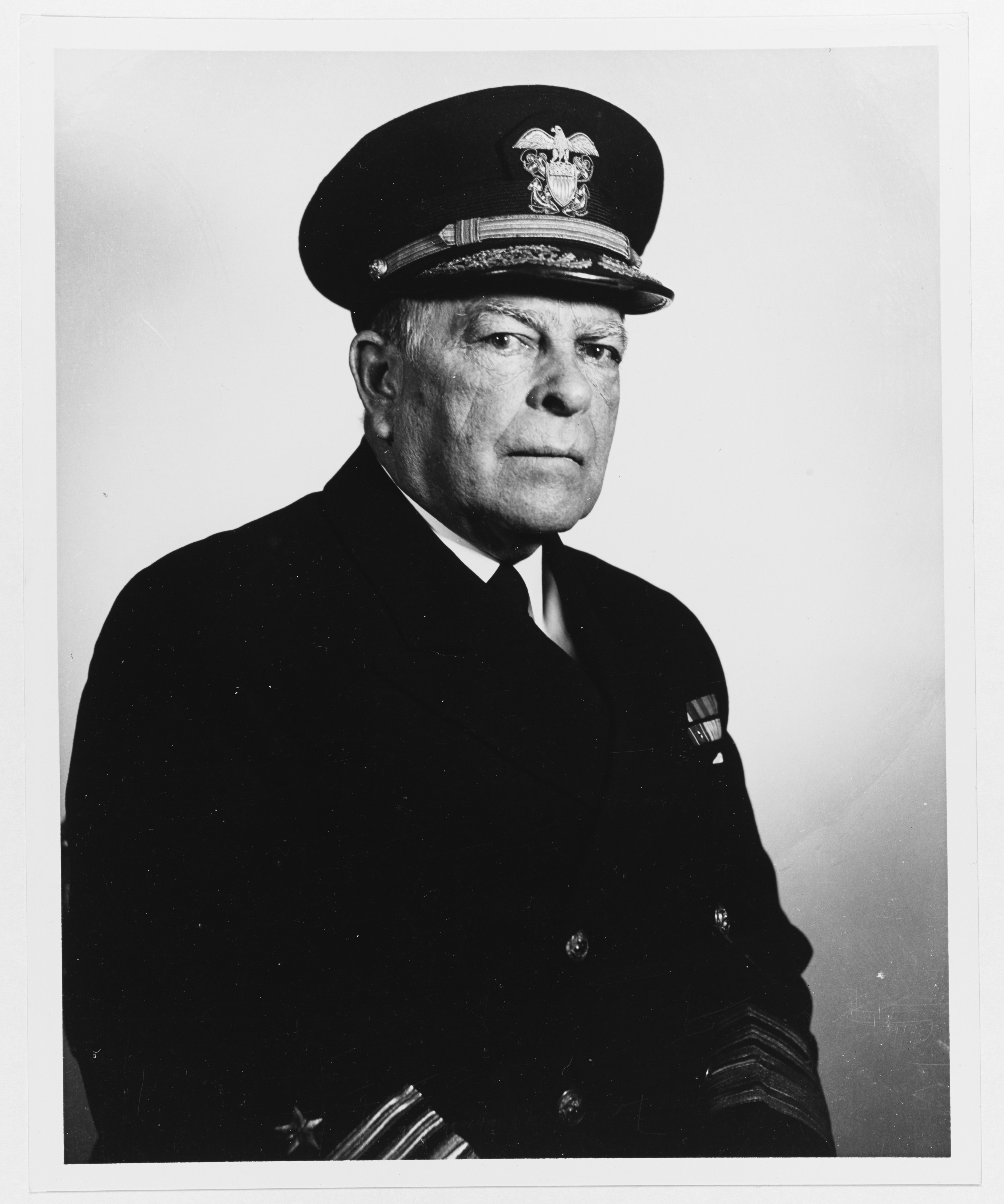
Vice Admiral William Satterlee Pye, United States Navy, was a U.S. Navy officer who served during World War I and World War II, but never saw combat action. His last active-duty appointment was as President of the Naval War College, in 1942–1946. His awards included the Navy Cross for his distinguished service as a staff officer during World War I.

Montgomery Meigs Taylor was an admiral in the United States Navy. He served in the Navy from 1890 to 1933. He fought in the Battle of Manila Bay during the Spanish–American War, and later commanded the Control Fleet and the Scouting Fleet. He served as Commander in Chief of the United States Asiatic Fleet from 1931 to 1933.

Admiral Samuel Shelburne Robison CB, USN was a United States Navy officer whose service extended from the 1890s through the early 1930s. He held several major commands during World War I, and from 1928-1931 served as Superintendent of the United States Naval Academy. In 1933, Admiral Robison also founded a Naval Preparatory Academy in Pine Beach, New Jersey called Admiral Farragut Academy.
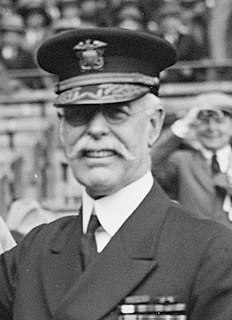
Rear Admiral Charles Peshall Plunkett, was an officer of the United States Navy who served in the Spanish–American War and World War I.

Thornton A. Jenkins was an officer in the United States Navy, who served during the Mexican–American War and the American Civil War. He later served as Chief of the Bureau of Navigation and as President of the United States Naval Institute. Jenkins retired as a Rear Admiral.
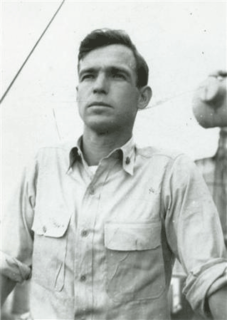
Rear Admiral Barry Kennedy Atkins was an officer of the United States Navy best known for his achievements as a destroyer captain in World War II.

Rear Admiral Frederick Lois Riefkohl, a native of Maunabo, Puerto Rico, was an officer in the United States Navy and the first Puerto Rican to graduate from the United States Naval Academy and to be awarded the Navy Cross. The Navy Cross is the second highest medal, after the Medal of Honor, that can be awarded by the U.S. Navy for heroism or distinguished service. He was a World War I Navy Cross recipient who served as Captain of the USS Vincennes during World War II.

Arthur Schuyler Carpender was an American admiral who commanded the Allied Naval Forces in the Southwest Pacific Area during World War II.

Robert Carlisle Giffen was an admiral in the United States Navy.

Felix Budwell Stump was an admiral in the United States Navy and Commander, United States Pacific Fleet from July 10, 1953 until July 31, 1958.
David F. Sellers was an Admiral in the United States Navy. He was the first person from New Mexico to graduate from the United States Naval Academy.
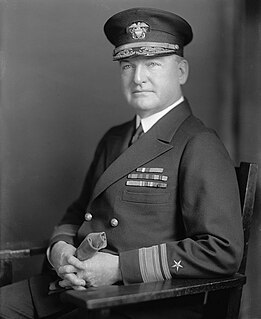
Luke McNamee was a United States Navy Admiral, businessman, and the 10th and 12th Naval Governor of Guam. He served in the Navy for 42 years, during which time he held multiple commands. During the Spanish–American War, he earned the Navy Cross, and later the Legion of Honour. Earlier on his career, he served as governor, and expanded funding for fighting the infectious diseases running through the native population. He represented the U.S. Navy as a delegate to the Paris Peace Conference in 1919. He later became Director of the Office of Naval Intelligence. He was promoted to full admiral after being placed in charge of the Battle Fleet. After this command, he served as President of the Naval War College before retiring in 1934. After leaving the Navy, he became President and Chairman of the Mackay Radio and Telegraph Company, where he aggressively expanded telegraph and radio service overseas.

Henry David Cooke, Jr. was a highly decorated rear admiral in the United States Navy who served as the commandant of midshipmen between years 1931–1932 and as convoy commodore during World War II. He was a grandson of Henry D. Cooke, First Governor of the District of Columbia.
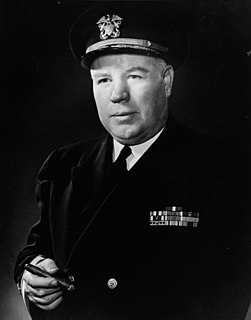
Vice Admiral Edmund Battelle Taylor was an admiral in the United States Navy. During World War II he saw service in the fighting in the Pacific, including the Battle of Cape Esperance, in which his ship, the USS Duncan was sunk, the Battle of Empress Augusta Bay and the Battle of the Philippine Sea. In the last months of the war he was the naval aide to the Secretary of the Navy, James Forrestal. After the war he commanded the Guantanamo Bay Naval Base and was commander of the Antisubmarine Defense Force, Atlantic Fleet, during the Cuban Missile Crisis.


